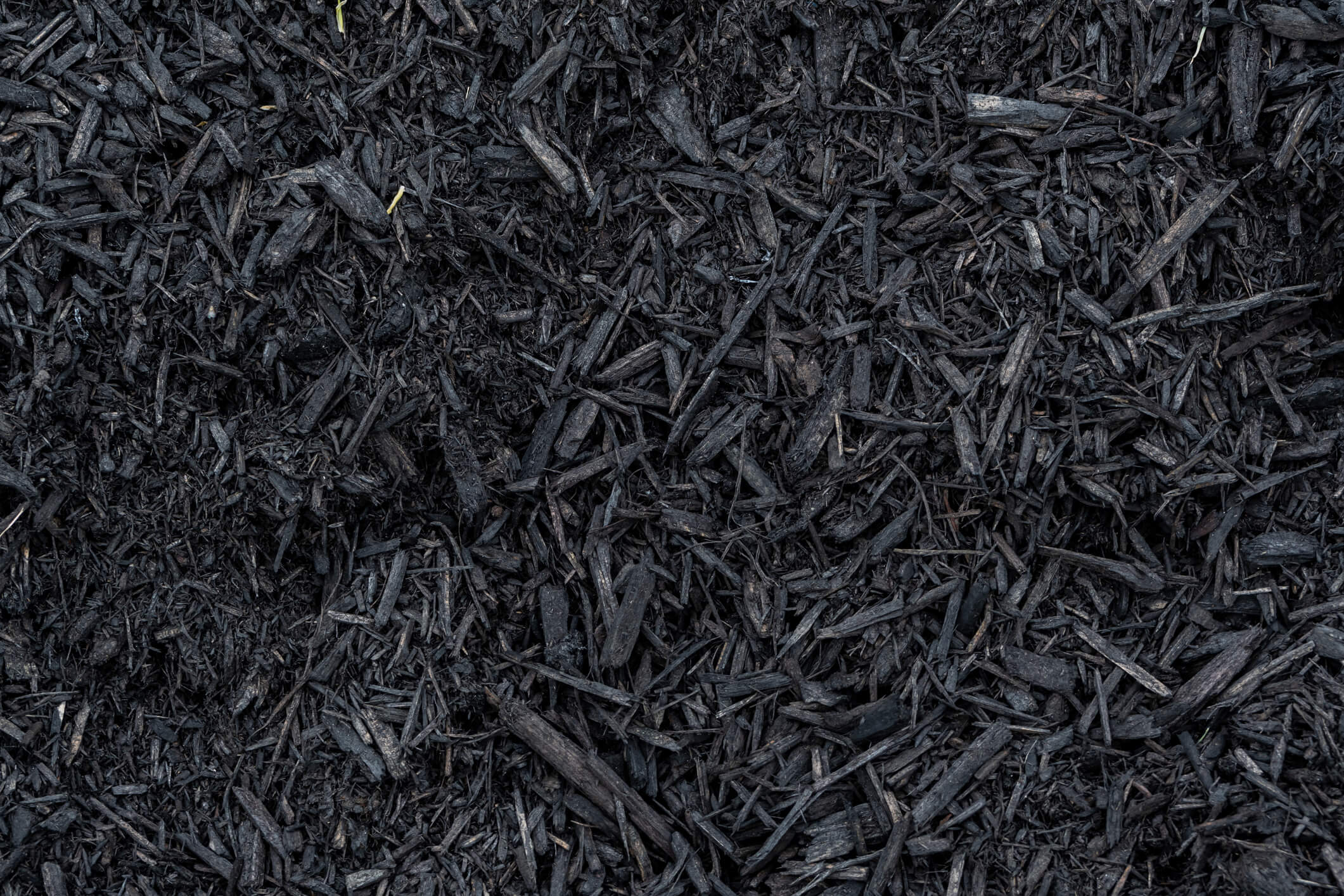Extend Your Garden Season with Smart Fall Planting Tips
September 30, 2024
5 Fall Planting Strategies to Extend Your Garden’s Growing Season
As the vibrant colors of summer begin to fade, many gardeners pack away their tools, thinking their growing season has come to an end. However, fall presents a fantastic opportunity to continue cultivating a thriving garden. With a bit of planning and the right techniques, you can extend your gardening season and enjoy fresh produce well into the cooler months.
Our Frey Agricultural Products team has the complete know-how on making the most of fall planting.
1. Choose the Right Plants to Sow and Transplant in Fall
Selecting the right crops is essential for successful fall gardening. Many plants thrive in the cooler temperatures and shorter days of autumn. Consider planting:
- Leafy Greens: Lettuce, spinach, and kale are excellent choices. These leafy greens grow quickly and flourish in cool conditions.
- Root Vegetables: Carrots, radishes, and beets are perfect for fall planting, as they develop sweet flavors after a light frost.
- Brassicas: Broccoli, cauliflower, and Brussels sprouts are hardy vegetables that perform well in cooler climates.
2. Use Season Extenders to Protect Against Frost and Freeze
To protect your plants from unexpected frost and to extend your growing season, use season extenders like row covers and cold frames. The right products can make all the difference.
- Row Covers: Lightweight and breathable, row covers shield plants from frost while allowing sunlight and moisture to penetrate.
- Cold Frames: These mini-greenhouses capture solar energy, keeping plants warm and protected. They’re perfect for starting seedlings earlier in spring and extending the fall harvest.
3. Prepare Garden Beds and Soil for Cool Weather Planting
Cool-season crops thrive in well-prepared soil. Before planting, enrich your garden bed with organic matter to improve soil structure and fertility.
- Compost Addition: Incorporating compost into the soil enhances nutrient content and encourages healthy root growth.
- Mulching: Apply a layer of organic mulch to regulate soil temperature and retain moisture, reducing the risk of frost damage.
4. Understand the Benefits of Fall Planting for Every Gardener
Fall gardening offers unique advantages that make it worth the effort:
- Improved Soil Conditions: Cooler temperatures and consistent moisture levels create ideal crop growth conditions.
- Reduced Pest Pressure: As many pests become less active in the fall, your plants are less likely to suffer from infestations.
- Extended Harvest: By staggering plantings and using season extenders, you can enjoy a steady supply of fresh produce through the fall.
5. Specific Fall Crops to Plant in Fall for a Thriving Garden
In addition to leafy greens and root vegetables, other seasonal crops can thrive in the fall garden:
- Garlic: Plant garlic bulbs in the fall for a harvest the following summer. Its long growing season requires early planting.
- Onions: Like garlic, onions can be planted in the fall and harvested in late spring or early summer.
- Herbs: Cold-hardy herbs like parsley and cilantro can be grown throughout the fall.
Ready to Plant, Sow, and Overwinter Your Best Garden Yet?
Don’t let your garden dreams just be dreams. Take action now! Visit us at Frey Agricultural Products in Woodbine, MD. We provide all the farm and garden supplies you need to ensure a thriving garden, no matter the season. From seeds to soil, fertilizers to tools, we’ve got you covered.
Start planting the garden of your dreams today with Frey Agricultural Products. Your green thumb awaits!
FAQ About Fall Planting for Your Garden
What is the best thing to plant in the fall?
The best crops to plant in the fall include leafy greens like kale, lettuce, mustard greens, and arugula; root vegetables such as carrots, radishes, beets, and turnips; and cool-season brassicas like broccoli and cauliflower. Fall is also a great time to plant spring-blooming bulbs like daffodils and tulips, as well as to divide perennials and transplant shrubs or trees for strong root growth before the ground freezes.
What month do you plant in the fall?
The best time to plant in fall is typically from mid-August to late October, depending on your region and frost date. In cooler climates, early September through early October is ideal for starting a fall vegetable garden. For perennials planted for next spring or bulbs like alliums, it’s best to plant before the ground freezes, often in late fall.
When should you start seeds for fall planting?
To succeed with fall planting, start seeds indoors or directly sow them into garden beds about 8–12 weeks before the first expected frost. For example, leaf lettuce, chard, and radish should be started in late summer, while slower-growing crops like broccoli, kale, or beet can be seeded as early as July or August. This timing allows crops to germinate, grow, and become ready to harvest before cool temperatures slow their development.
Can I plant anything in October?
Yes, October is still a great time for planting many things, especially in regions with a later frost date. You can transplant perennials, evergreen shrubs, and trees and shrubs to allow for root growth before early winter. It’s also a good time to plant bulbs like daffodils, tulips, and alliums. For vegetables, kale, chard, and arugula may still be sown in early October in warmer zones for a late fall harvest.
What plant grows the fastest in the fall?
Radishes are among the fastest-growing plants in the fall season, maturing in as little as three to four weeks. Other quick growers include leaf lettuce, arugula, and mustard greens, which can be sown in late summer or early fall and harvested before the first freeze. These cool-season crops thrive in cool weather and shorter daylight hours, making them ideal for quick fall harvests.
Recent News
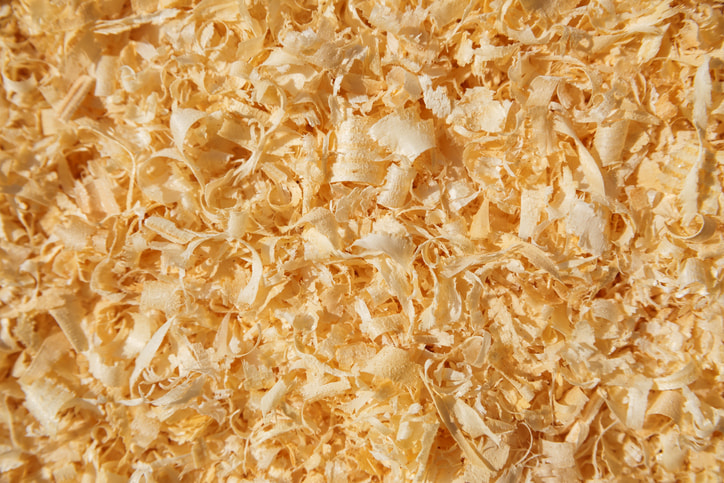
Why Sawdust is a Top Choice for Animal Bedding
April 26, 2023
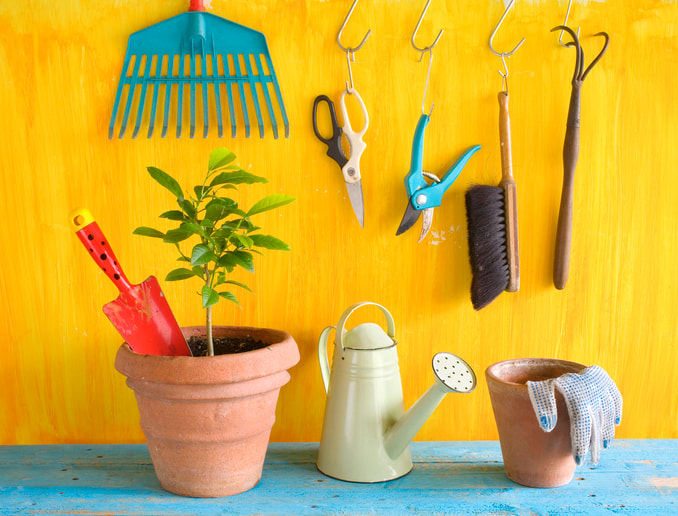
Best Agricultural Products for your Home or Farm
January 11, 2023
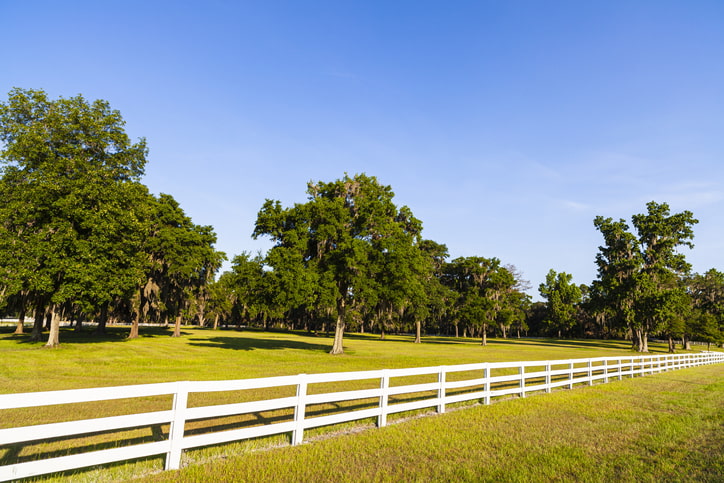
Benefits of Agriculture Fencing
September 20, 2022

May Gardening Tips
May 26, 2022
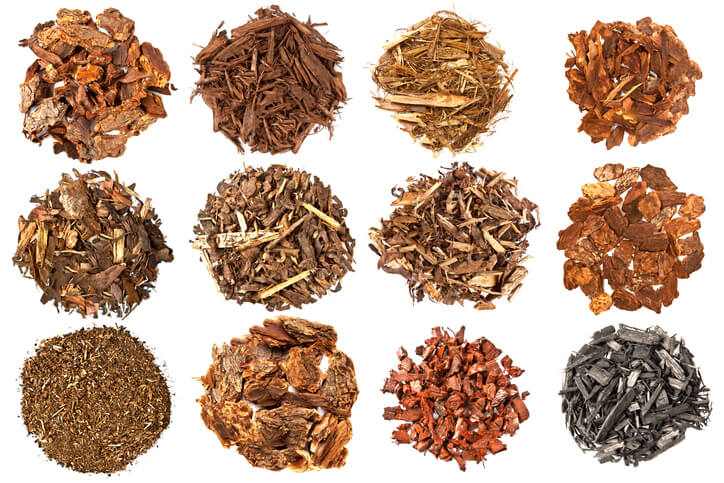
How To Pick The Right Mulch Color?
March 29, 2022
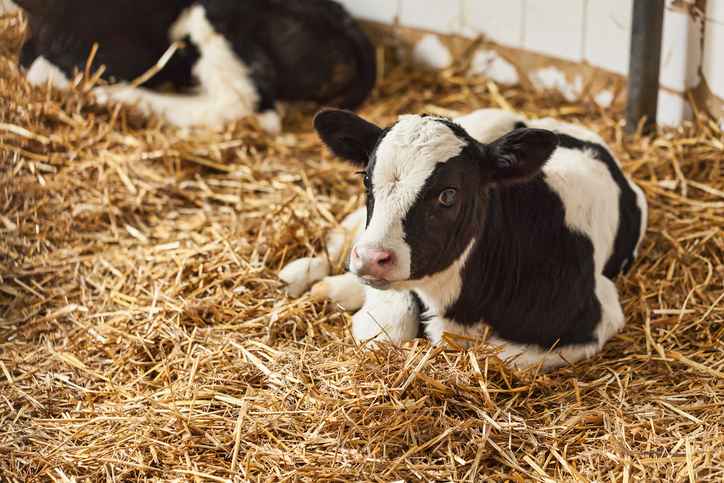
How To Keep Your Livestock Warm This Winter
November 22, 2021
